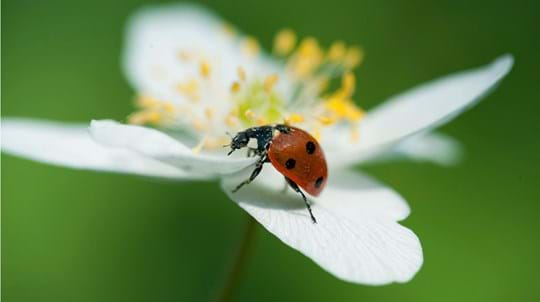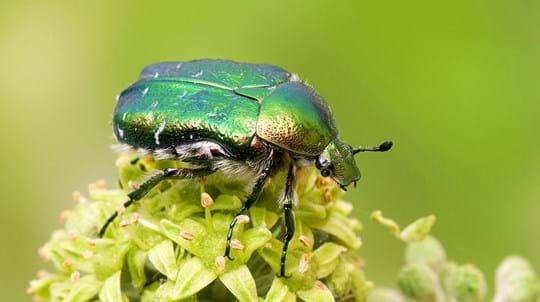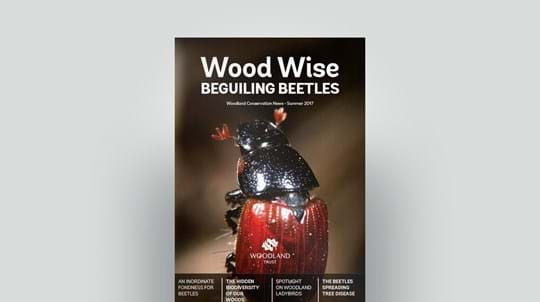
Credit: Leslie Newcombe / WTML
What do 7-spot ladybirds eat?
Both adults and larvae feed predominantly on aphids. They do eat other small insects too, but their appetite for aphids make them a favourite with gardeners. A ladybird can munch through 5,000 aphids during its year-long life.











